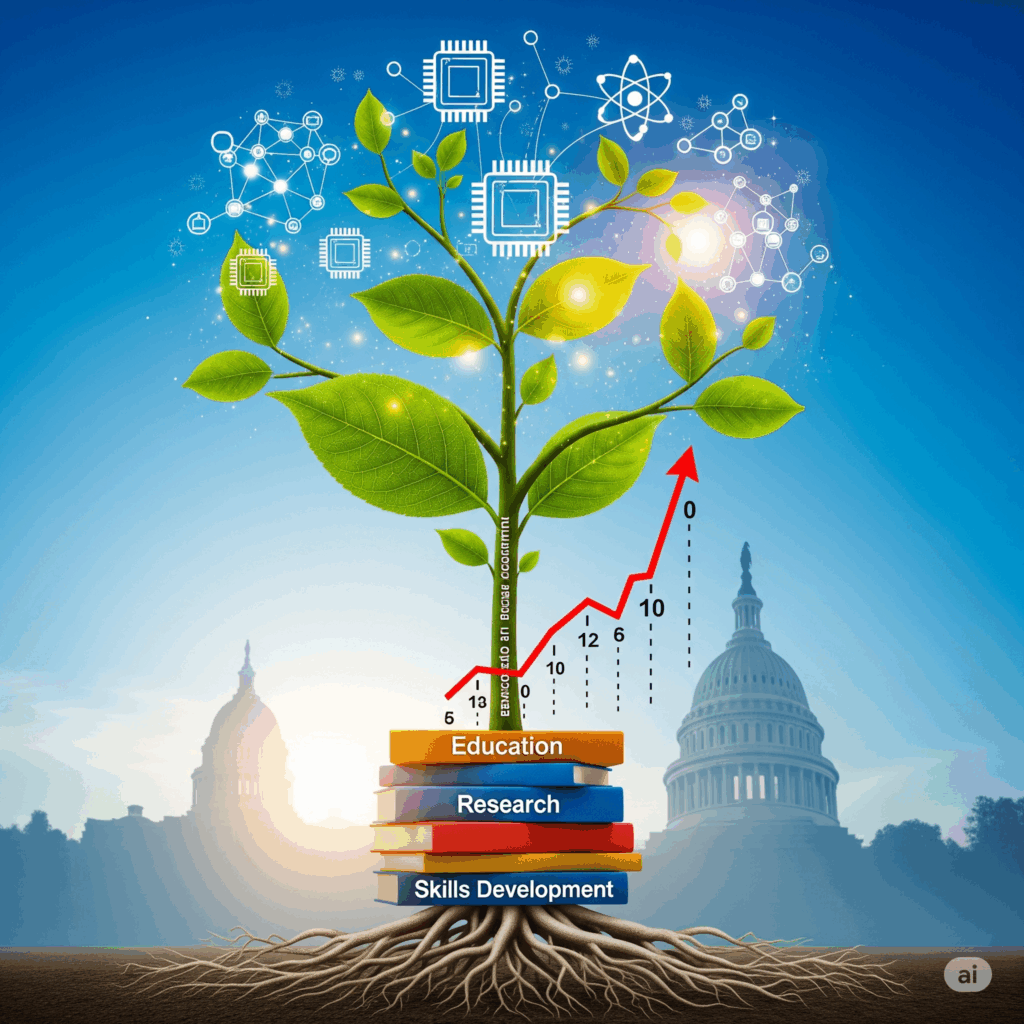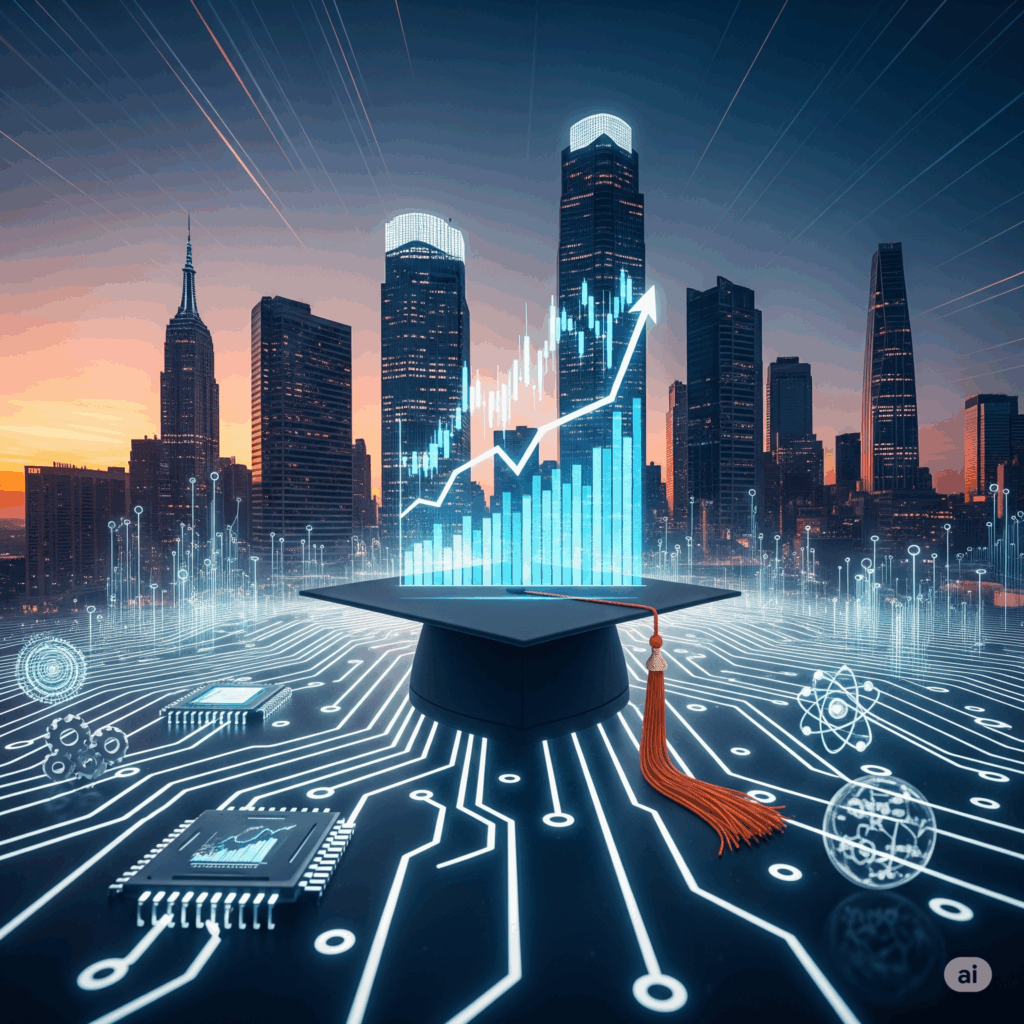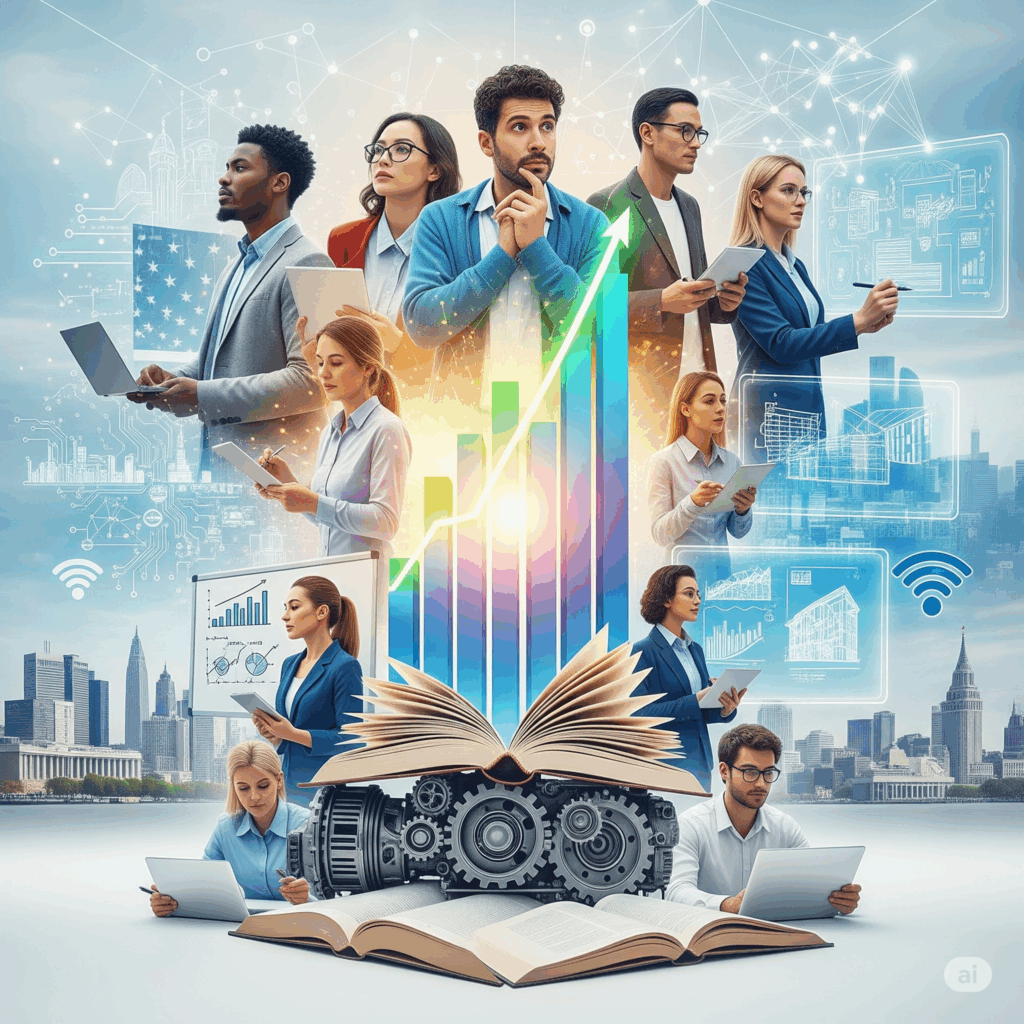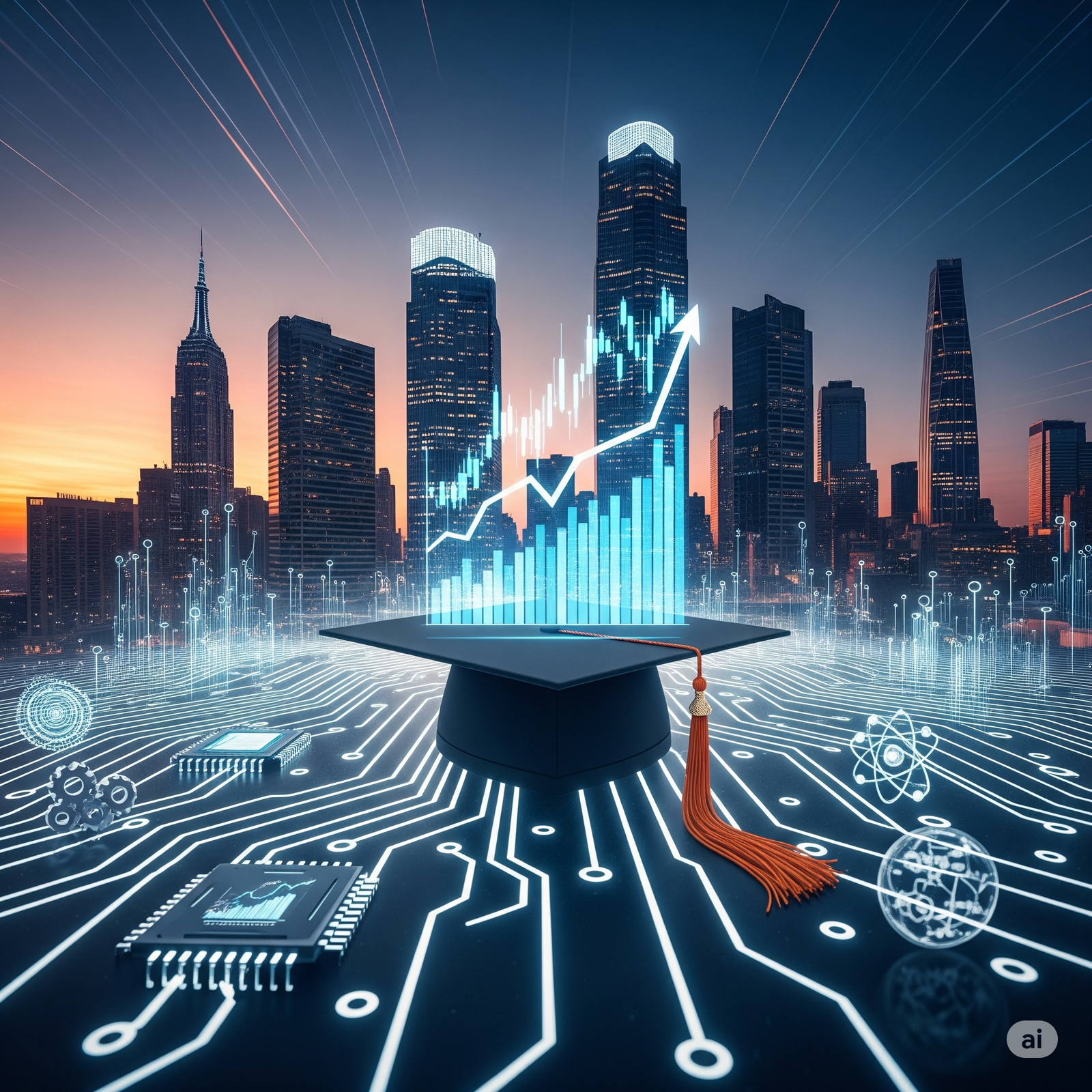The Foundation of Human Capital: A Skilled Workforce
Education stands as an undeniable cornerstone of economic prosperity, acting as a powerful engine that drives both growth and innovation in the United States. In an increasingly globalized and knowledge-driven world, a well-educated populace is not merely a social good but a fundamental economic imperative. From fostering human capital to catalyzing technological breakthroughs and nurturing entrepreneurial spirit, education’s impact on the American economy is profound and multifaceted.
At its most fundamental level, education builds human capital – the collective knowledge, skills, and abilities of a nation’s workforce. A highly educated workforce is inherently more productive, adaptable, and capable of performing complex tasks efficiently. This directly translates into higher wages for individuals and increased output for businesses and the economy as a whole. Industries requiring higher education and specialized training consistently offer better compensation, highlighting the direct link between educational attainment and earning potential.

The United States has historically benefited from a strong educational system that has produced a skilled labor force. However, as the global economy evolves, the demand for new skills, particularly in science, technology, engineering, and mathematics (STEM), intensifies. Nations that prioritize developing an education system capable of producing workers for these new industries are better positioned for economic success. The ability of workers to continuously reskill and upskill throughout their careers is paramount, underscoring the importance of lifelong learning.
Moreover, investing in education, particularly for disadvantaged populations, is a highly effective strategy for reducing poverty, inequality, and improving social mobility. By equipping individuals with the tools to secure stable employment and career growth, education unlocks economic opportunity for more families, thereby strengthening the overall economic fabric of the nation.

Catalyzing Innovation: From Research to Reality
Education is intrinsically linked to innovation. Universities, in particular, serve as critical hubs for scientific and technological discovery. Research conducted within academic institutions often forms the bedrock of new industries, products, and services. These institutions not only advance fundamental knowledge but also cultivate the next generation of inventors and entrepreneurs.
U.S. research universities are vital in attracting and training top talent, many of whom go on to file patents and found local companies. They play an outsized role in fostering innovation, especially in regions with lower levels of patenting activity, acting as primary drivers of invention. The integration of commercialization into doctoral programs and initiatives like the National Science Foundation’s Innovation Corps (I-Corps) further facilitate the translation of academic research into tangible economic benefits. This symbiotic relationship between academia and industry ensures that groundbreaking discoveries move from laboratories to the marketplace, fueling economic growth and global competitiveness.
Beyond formal research, education fosters critical thinking, creativity, and problem-solving abilities – essential ingredients for innovation. A well-educated populace is better equipped to adapt to rapidly evolving technological advancements, embrace new ideas, and contribute to a culture of experimentation and improvement across various sectors.
Government’s Role and Investment in Education

While much of the responsibility for education policy and funding in the U.S. rests with states and local entities, the federal government plays a significant role in supplementing these efforts and ensuring equal access to educational opportunities. Federal support comes in various forms, including grants for targeted educational programs, financial aid for postsecondary students (such as Pell Grants and federal loan programs), and initiatives supporting career and technical education.
Historically, robust public investment in education has been a hallmark of American economic success. However, concerns have been raised about whether U.S. investment in education is keeping pace with other leading nations. A continued commitment from federal and state governments to prioritize education funding, align learning with workforce needs, and reaffirm education as a public good is crucial to maintaining America’s competitive edge in the global economy. This includes supporting not only traditional academic pathways but also comprehensive workforce development programs that bridge the gap between educational attainment and the demands of a dynamic job market.
The Cost of Inaction: The Education Gap
The economic consequences of an undereducated workforce or an achievement gap are substantial. Studies have estimated that persistent gaps in academic achievement can cost the U.S. economy trillions of dollars in unrealized economic output. These gaps, whether based on ethnic origin, income level, or differences in school system performance, represent a significant drag on national prosperity. Failing to address these disparities not only perpetuates social inequality but also diminishes the nation’s overall human capital and innovation potential.
Moreover, the quality of basic education, particularly in literacy and numeracy, is a critical factor in a nation’s ability to adopt and diffuse new technologies quickly. When foundational skills are lacking, the broader economic benefits of technological advancements are curtailed.
Conclusion: A Continuous Investment
Education is not a passive expenditure but an active and vital investment that yields substantial returns for individuals and the nation as a whole. It is the bedrock upon which a robust and innovative economy is built. By developing a skilled workforce, fostering groundbreaking research, and promoting a culture of lifelong learning, education directly fuels economic growth, enhances productivity, and secures the United States’ position as a global leader in innovation.
As the world continues to undergo rapid technological and economic shifts, the need for a strong, adaptable, and innovative workforce remains paramount. Sustained and strategic investment in education, from early childhood to advanced research, coupled with policies that ensure equitable access and alignment with evolving economic demands, will be the key to ensuring America’s continued prosperity and leadership in the 21st century.










